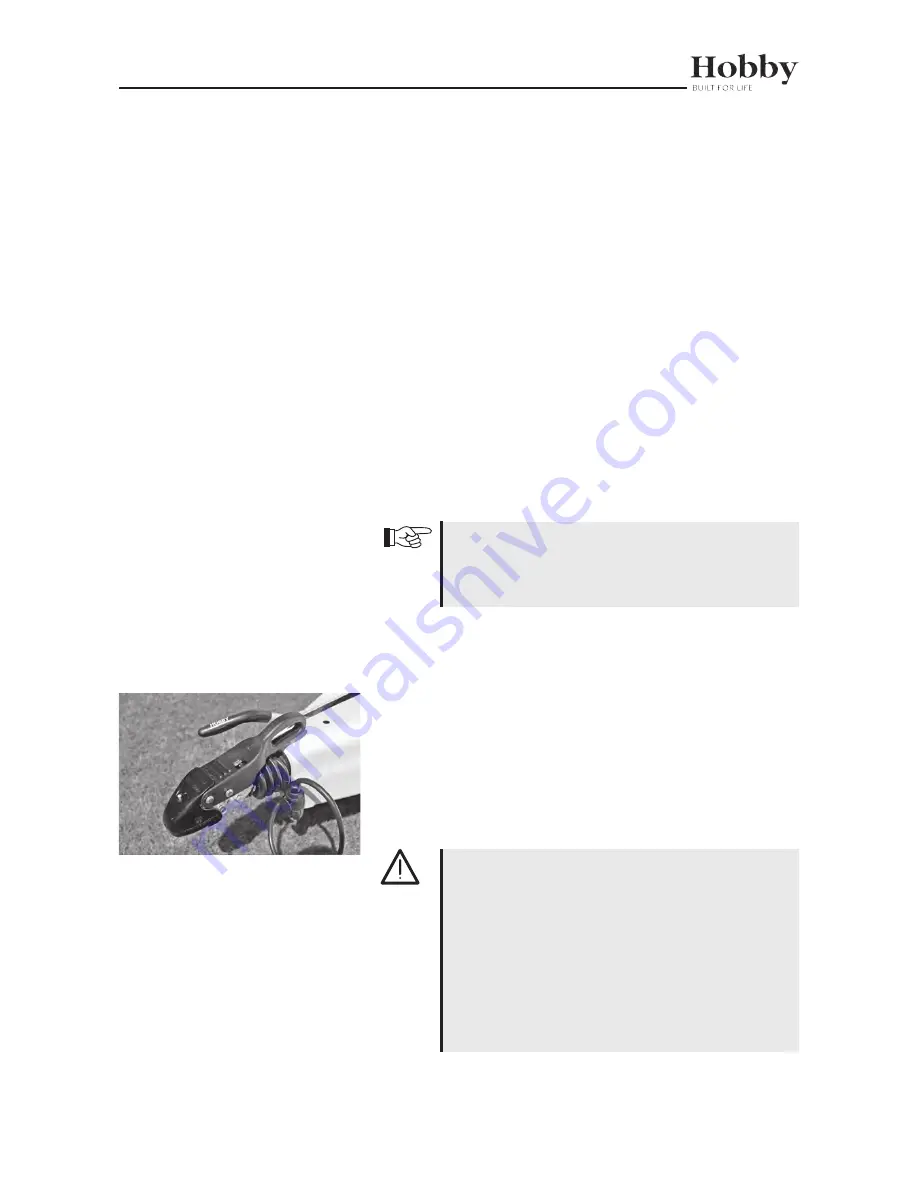
18
3. Chassis
If the vehicle does not hold the equipment and liquids
set out in the table in
Item 2
(mass when ready to
drive), the loading capacity/additional load
(Item 5)
can be increased by this value.
The caravan has been fitted with a stabiliser hitch with friction pads
to reduce snaking. This system conforms to ISO 11555-1. It has been
permitted for use up to a maximum speed of 100 km/h.
Please note the additional operating instructions and the manufacturer's
safety instructions.
3.4 Safety hitch WS 3000
WARNING:
A safety coupling does not suspend the laws
of physics. If the limits (of speed and weight conditions) are
exceeded, traction and cornering force are reduced, which
then becomes the responsibility of the driver. Therefore,
avoid elevated risks.
Before your first trip, please observe the information
given in
Chapter 12.2 Maintenance and Upkeep
regarding the ball on the tow bar if it has a Dacromet
coating (a dull-silver coating for corrosion protection)
or is painted / lacquered.
Safety coupling
4. Actual mass
Sum of the mass when ready to drive and the optional extras or
additional equipment assembled by the manufacturer.
5. Loading capacity / additional load
Difference between the technically permissible maximum weight
and the actual mass of the vehicle.
6. Minimum loading capacity
The loading capacity must be equal at least to the formula:
10 x (n + L)
, whereby:
n
= highest number of sleeping spaces
L
= total length of the superstructure
The minimum loading capacity includes objects that users may carry
in the caravan which are not included in the mass when ready to drive
or in the optional extras (e.g. clothing, toilet and kitchen fittings, food,
camping equipment, toys).
The remaining additional load
(5.)
must always be greater than or
equal to the minimum loading capacity
(6.)
; this must be taken into
account when determining the configuration of the vehicle.









































